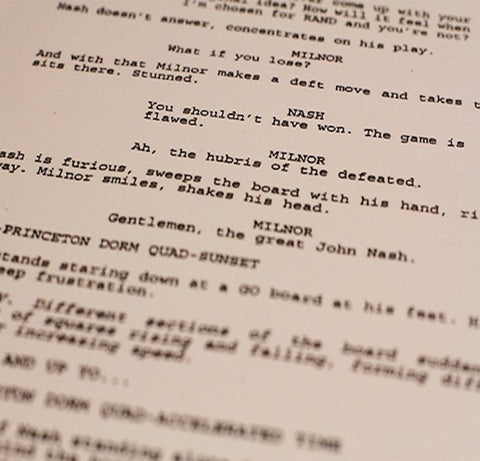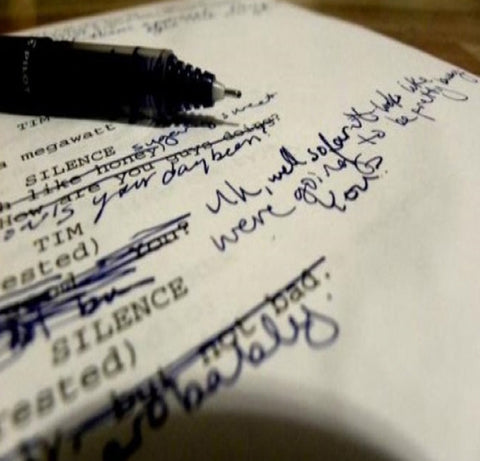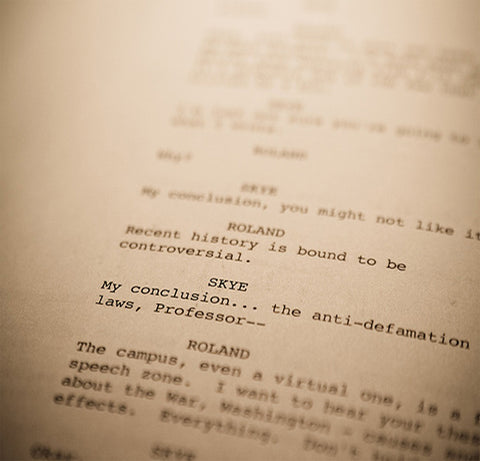
Is Your Story Clear? Lessons from Our Children
Clarity of storytelling in screenwriting is easy to ignore. It’s deceptively difficult to master. Story clarity often means the “boring” stuff. Ethan Hunt must recover the Rabbit’s Foot, etc. One thing we’ve noticed at ScriptArsenal is that a lot of the scripts we’re reading are rich in the “exciting” stuff (action, dialogue, world-building) but sometimes the basics of story are left vague or softly defined.
Once you have children, you spend a LOT of time watching children’s cartoons. My daughter loves THE CAT IN THE HAT, for instance. In every single episode, in the first scene, the characters lay out the episode’s plot. Sally and Nick must go on an adventure with the Cat in the Hat to do X because of Y. What’s the goal, why, and what are they doing to pursue that goal? Those questions are never left vague or undefined.
It may feel like, as we grow older, our storytelling tastes grow more sophisticated, and something as rudimentary as a crystal-clear plot is somehow overly simplistic. But on a fundamental level, this is story.
If we think of classic myths, they revolve around these fundamental story elements. In HERAKLES (aka HERCULES), by Euripides, Herakles must finish the last of his twelve labors (bringing back Cerberus) and make it to Thebes before Lycus has his wife Megara and children killed.
These are the elements we’re always looking for in story, even back to 416 BCE. Who is our hero? What is his goal? What are the stakes of him achieving or failing to achieve his goal (aka why is he pursuing the goal)?
When designing a screenplay, it’s easier (and a lot more fun) to think of the most exciting parts of it. The trailer moments of action. The funny quips. The visual gags. The architecture of story isn’t fun or exciting. It’s dull, like the blueprint for building a house. But unless you have that blueprint, that story clarity, the house will not stand.
How do you approach making your writing clear?




